Latest research animations
Self-assembly of spider silk
This gut microbe might protect against diabetes and reduce insulin resistance
NEW: One-way hydrogel guides motion of tiny worms!
Latest Posts
No Results Found
The page you requested could not be found. Try refining your search, or use the navigation above to locate the post.
No Results Found
The page you requested could not be found. Try refining your search, or use the navigation above to locate the post.
19
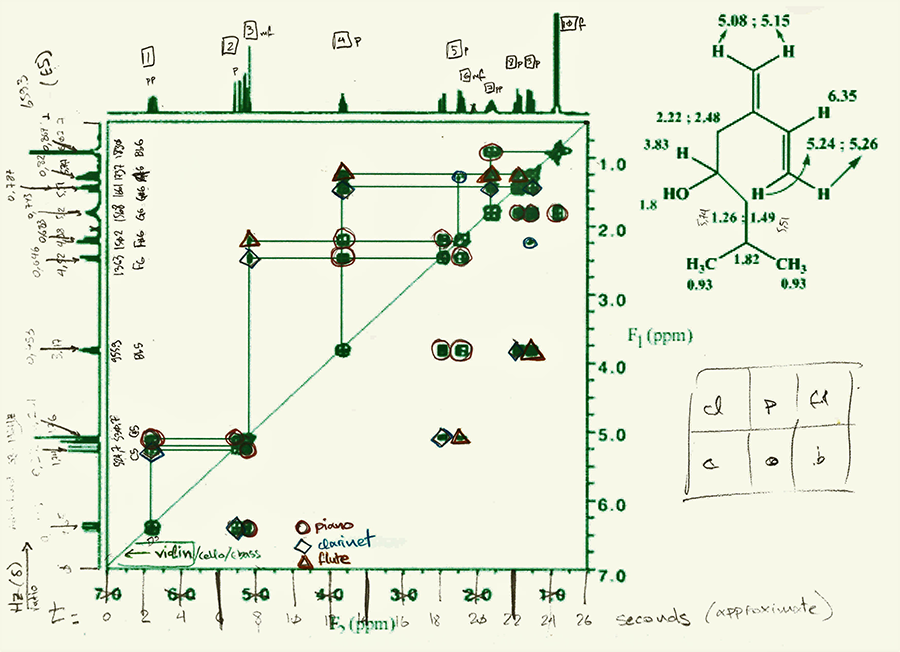
The sound of molecules: NMR-inspired music
Science & art: how NMR works and how NMR spectra have been used to compose music based on molecular structures.
17
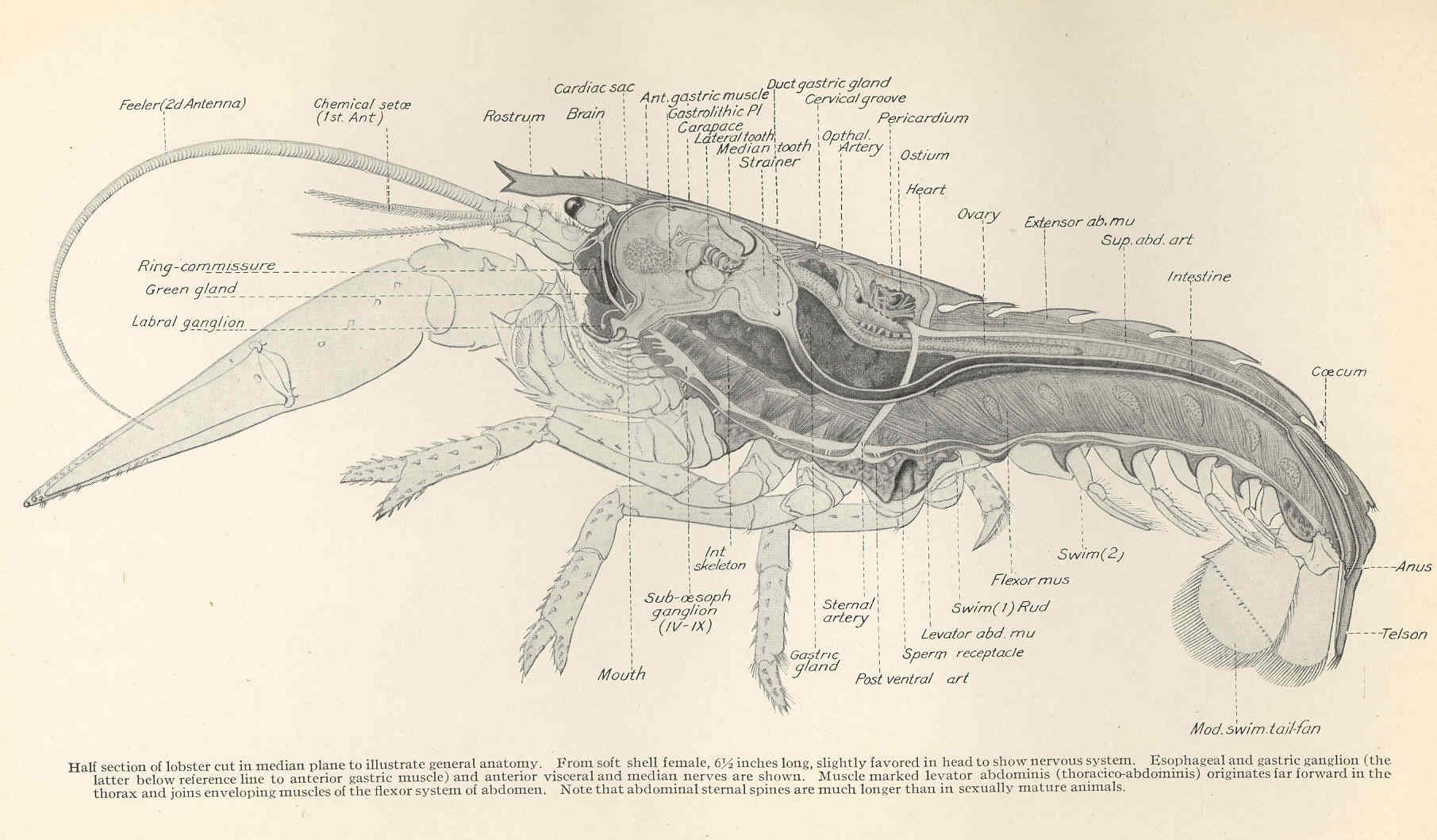
Eve Marder: freeing knowledge, crashing neurons
None of us would get on a plane that had its parts changed in mid-air, says Eve Marder, who has spent her career probing a very specific cluster of crustacean nerve cells. Yet we are all walking around undergoing a constant turnover of cellular parts, and so are the lobsters and crabs Marder studies.
5
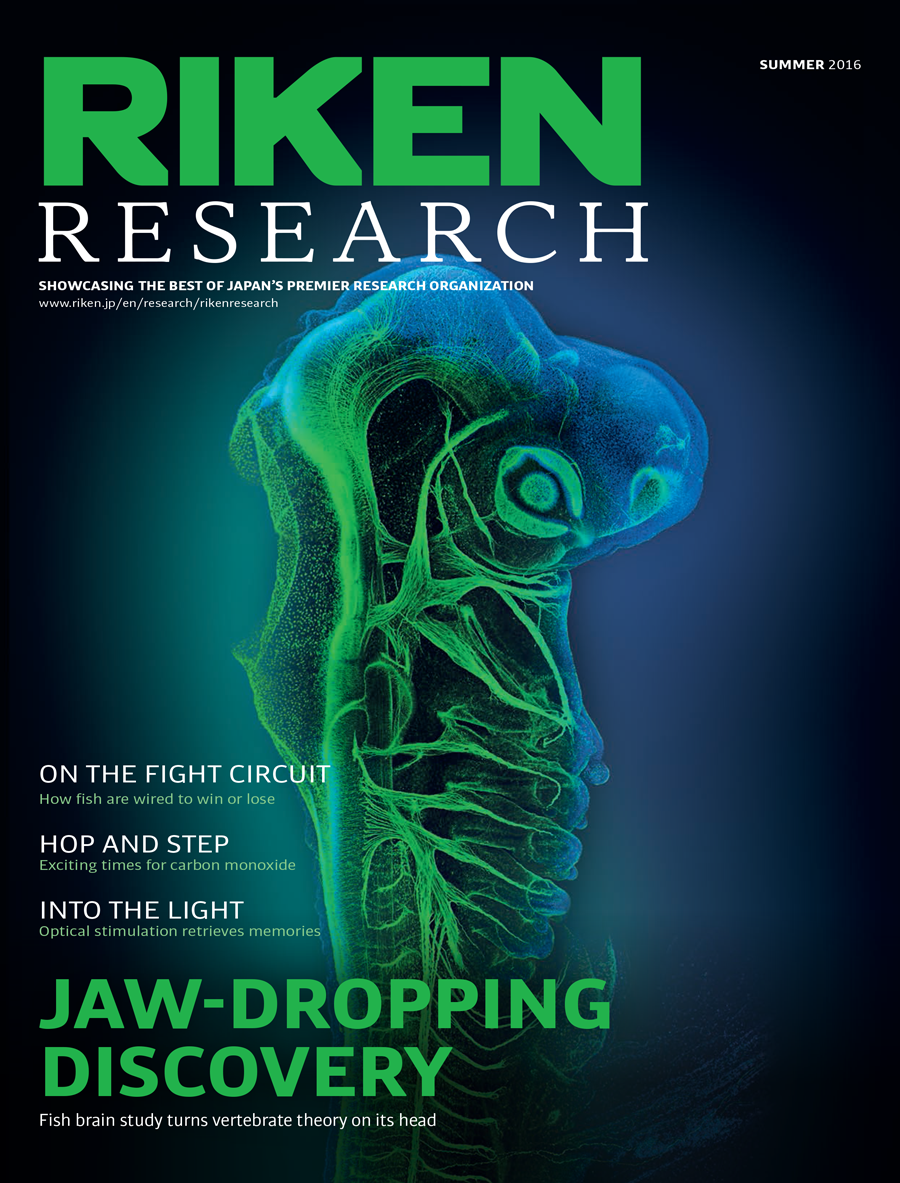
RIKEN Research Summer issue
A quick post to let you know that the Summer issue of RIKEN Research Magazine came out towards the end of June. This issue covers brain evolution, regenerating skin, super-clear synapses, and much much more! Enjoy!
5
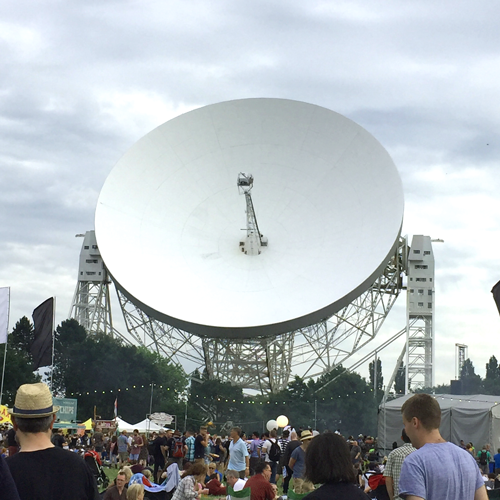
ESOF and the gimungous telescope
Highlights from the recent EuroScience Open Forum (ESOF) conference held in Manchester (actually, pre-ESOF). Science was everywhere, even out by the sheep
23
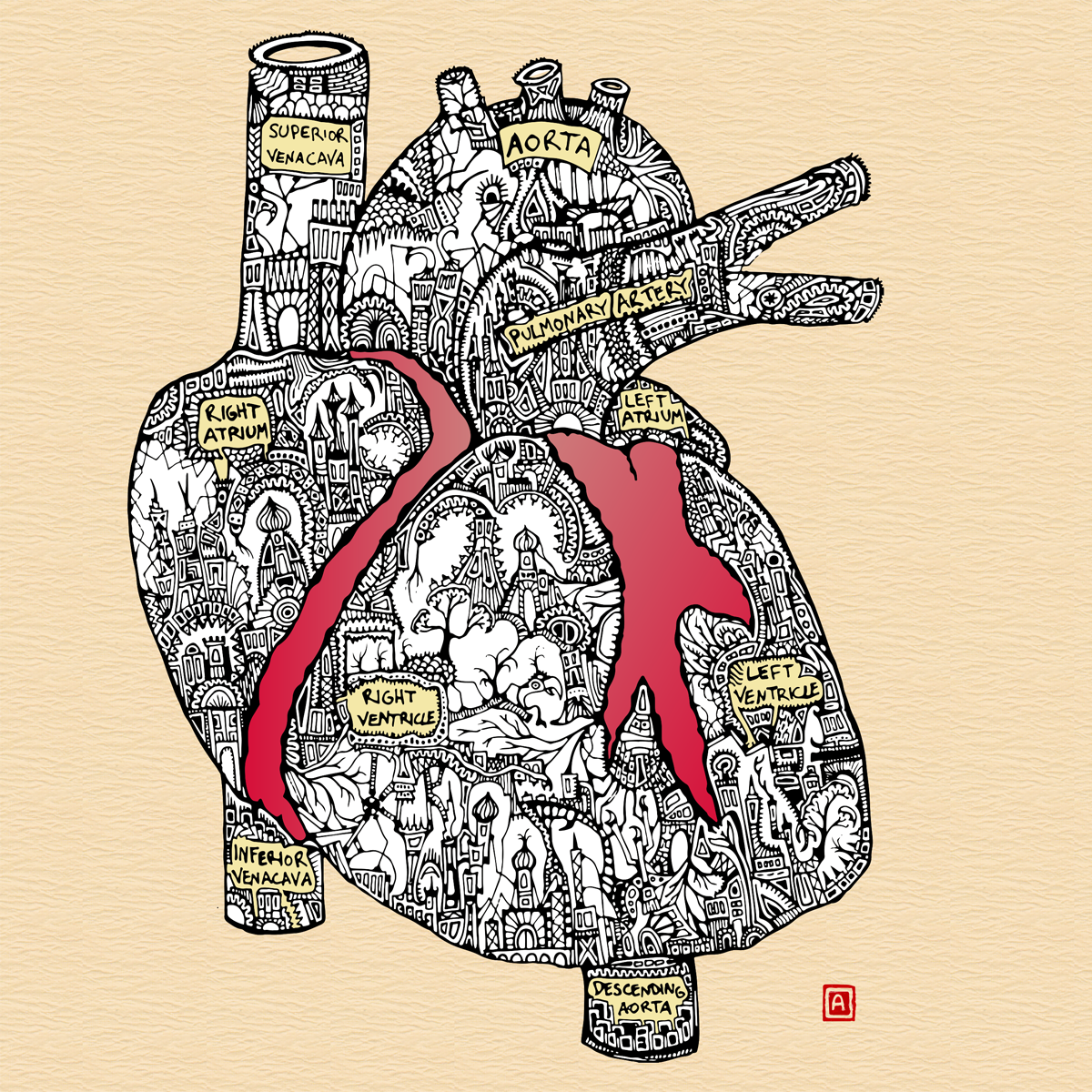
Call for science-inspired art
A rant about right-brain/left-brain pseudoscience and a call for science-inspired art. Scientists can be artists (and artists can be scientists)!
14

Why “nihonium”?
Kosuke Morita and Kouji Morimoto talked to reporters on Thursday morning about how they came up with name “nihonium” for element 113.
